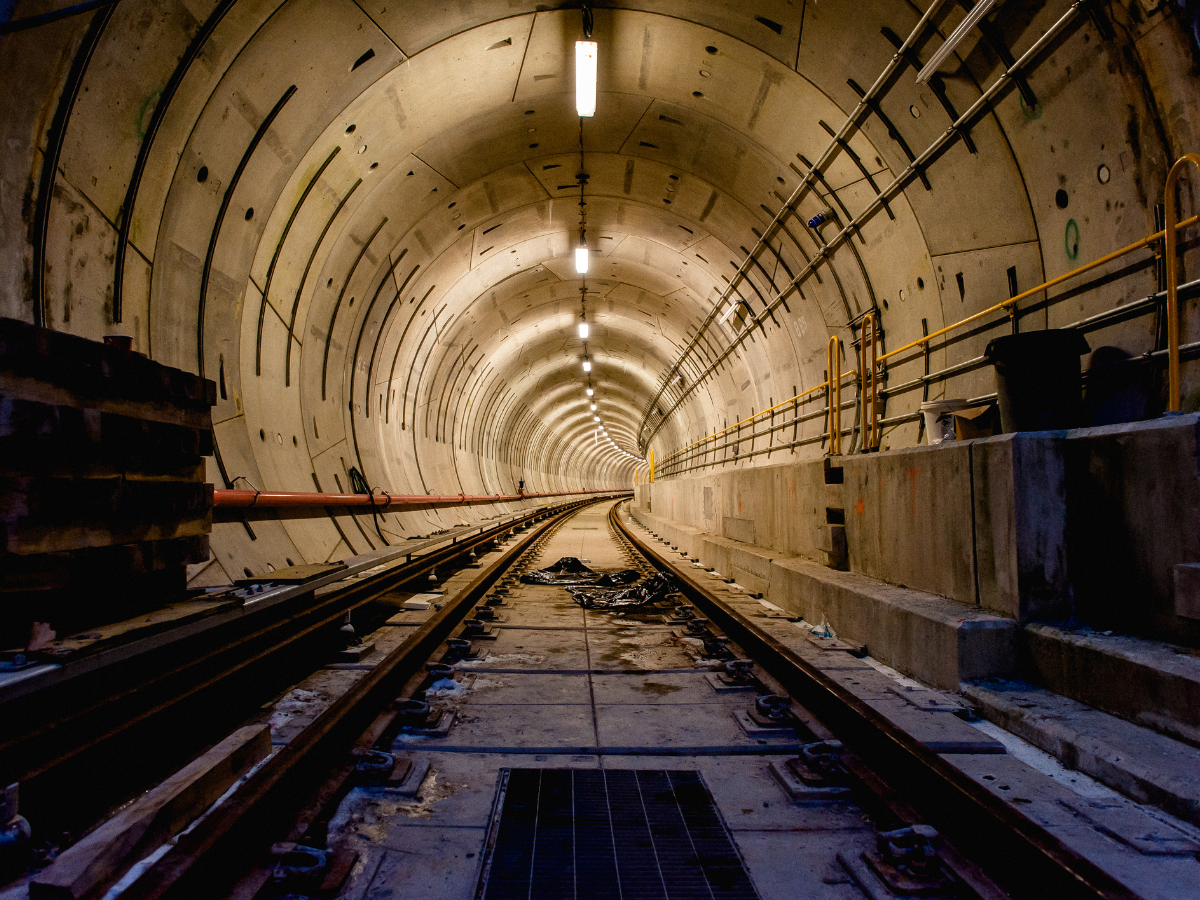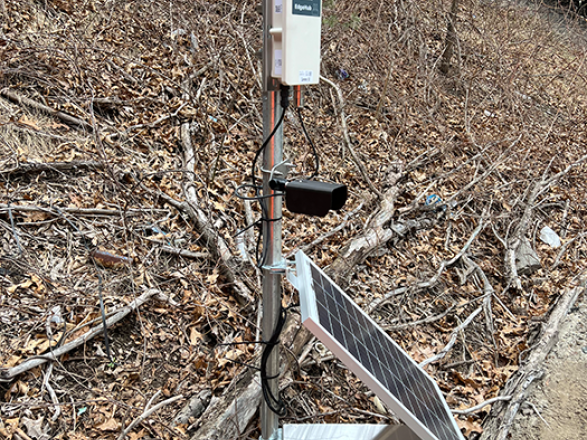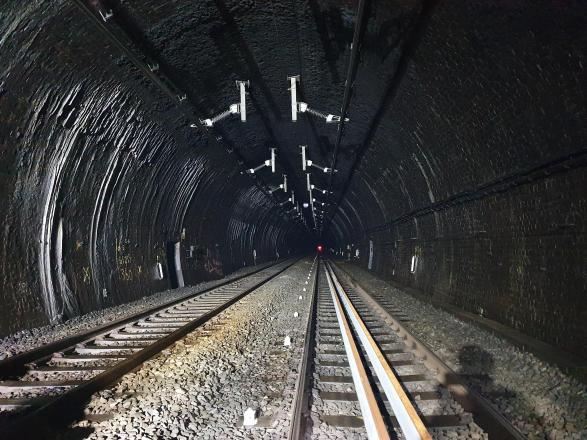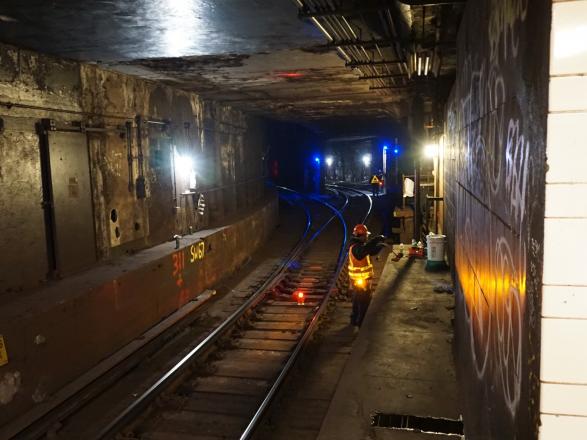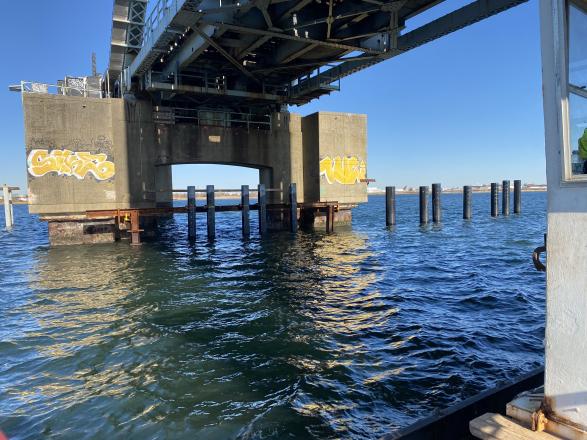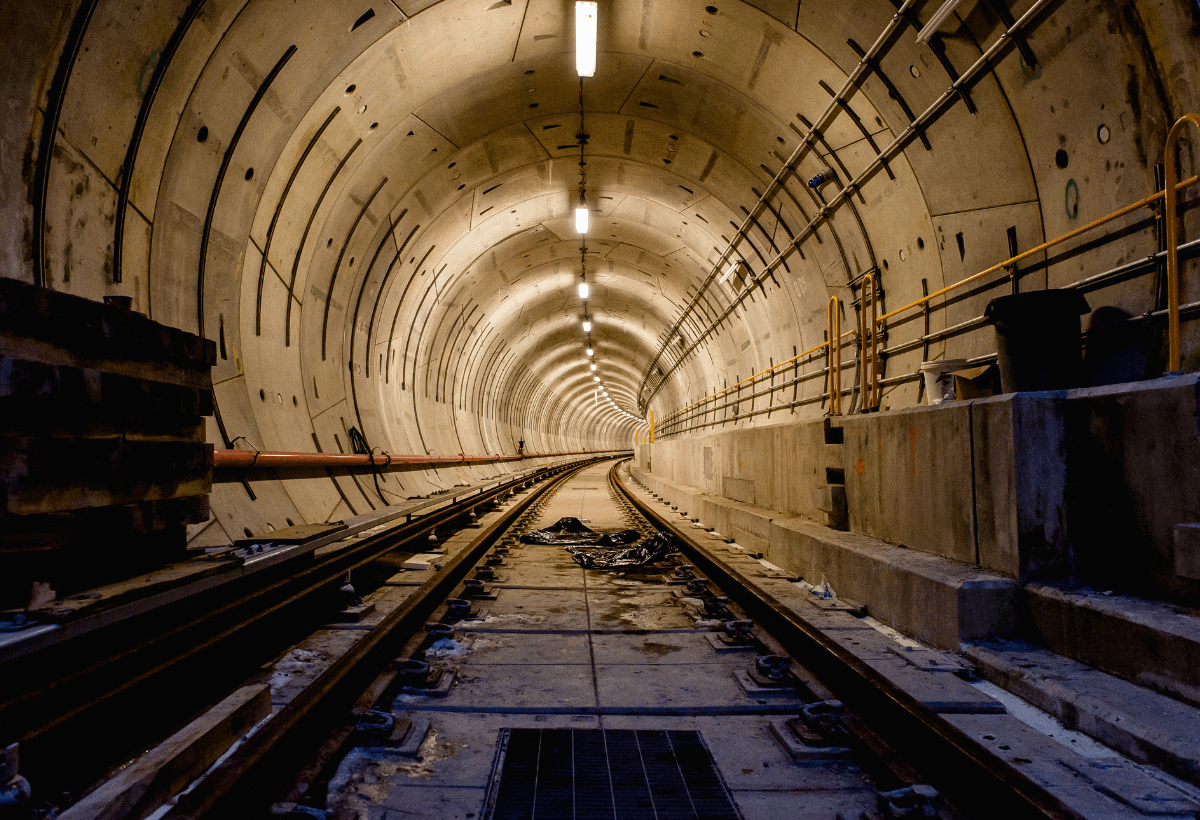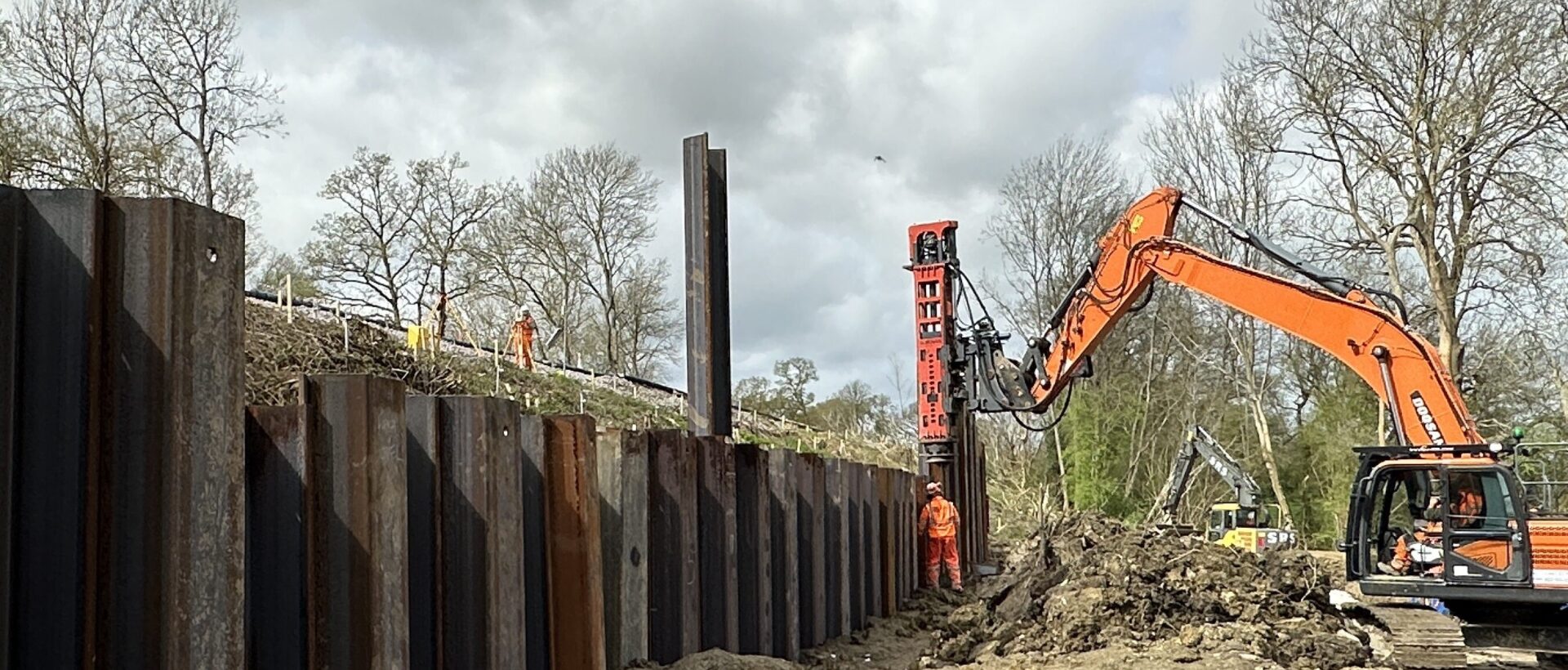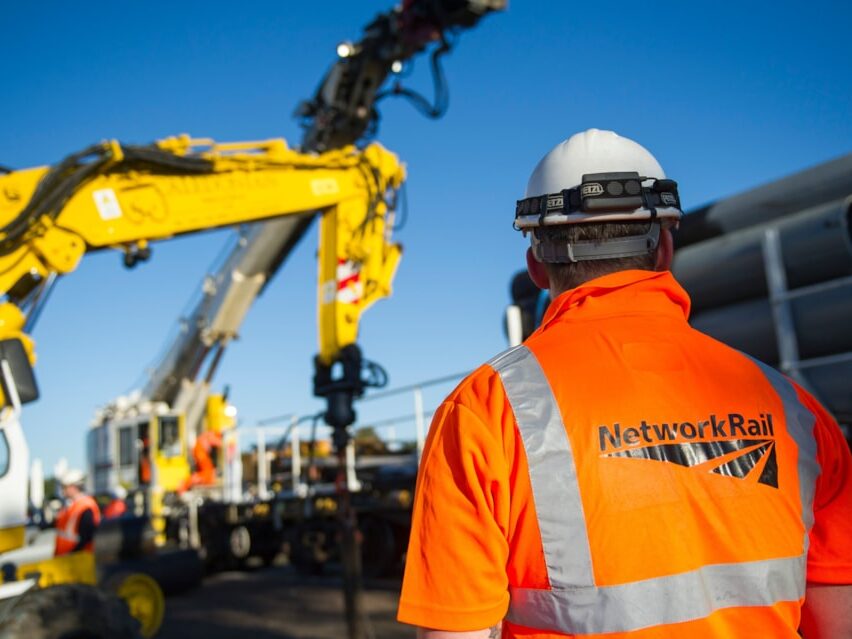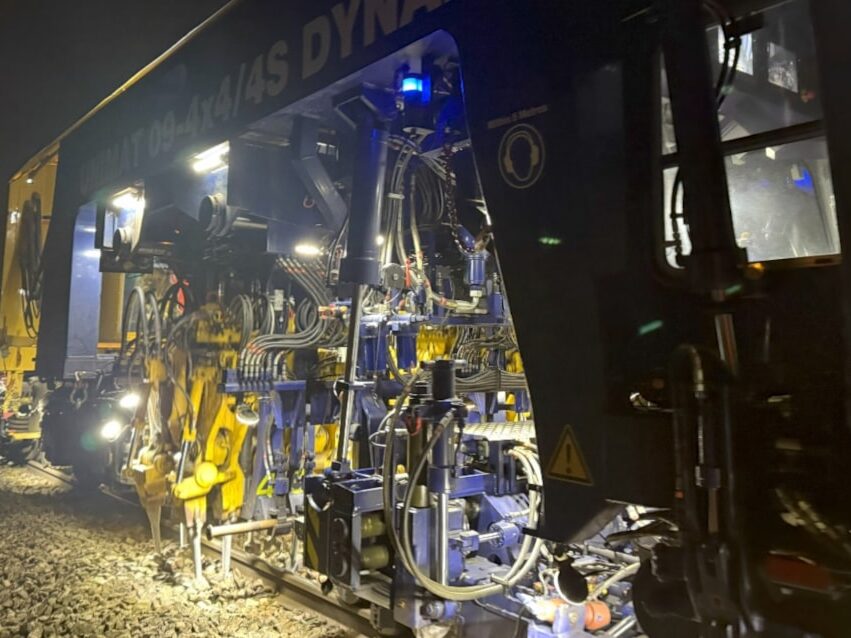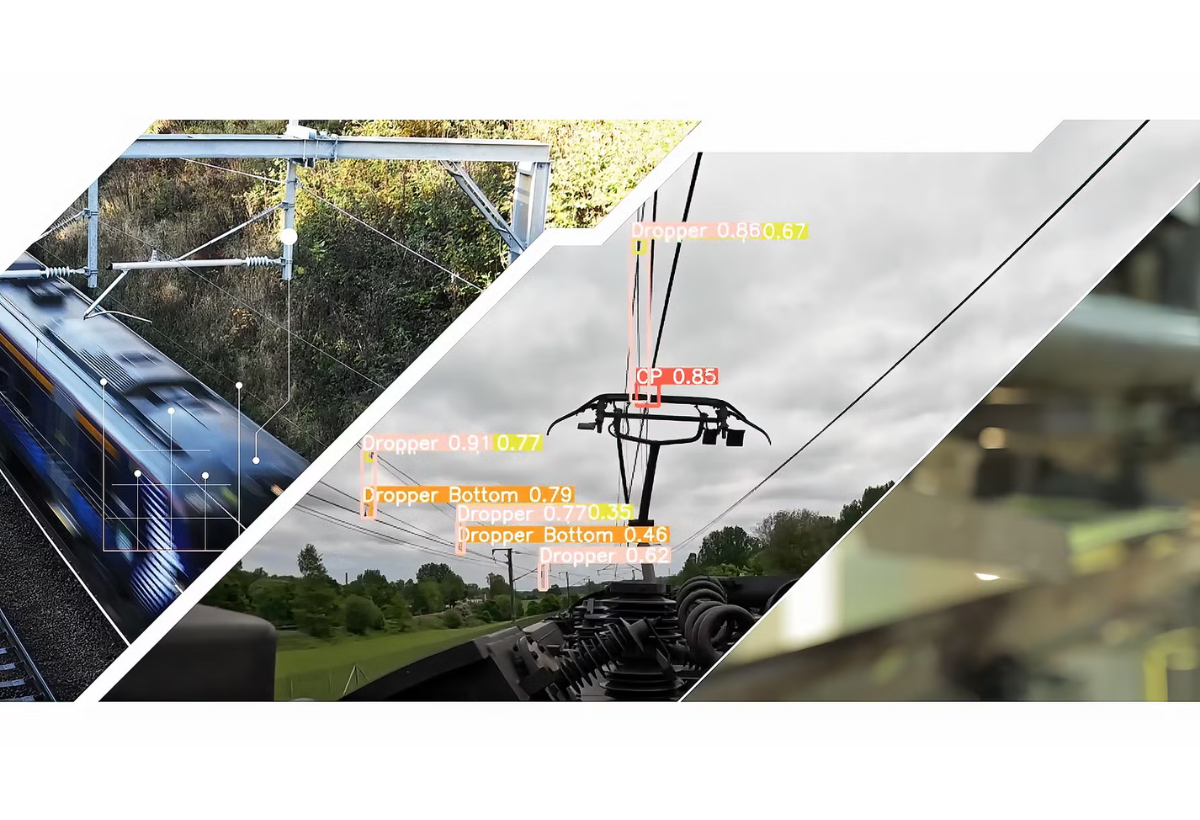How Senceive’s wireless monitoring system provided Network Rail with data to validate drainage remediation works and manage the risk of flooding affecting critical rail.
Challenge
A problematic manhole and drainage system in Wimbledon had been prone to flooding, posing risks to nearby rail infrastructure.
To validate the effectiveness of recent remediation works, Network Rail required a robust monitoring solution that could provide near real-time alerts in the event of rising water levels.
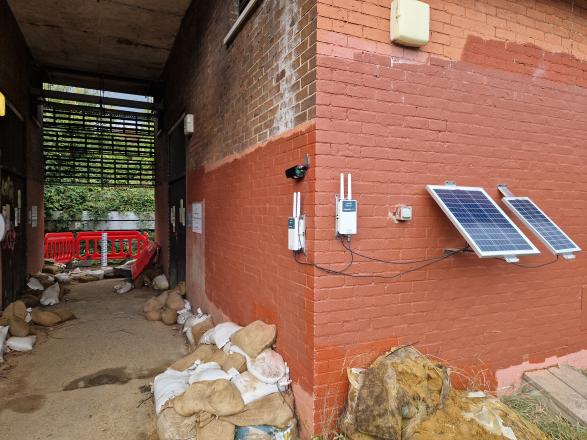
Solution
Network Rail deployed Senceive’s wireless drainage monitoring system, comprising:
- Water Level Monitor (Optical Displacement Sensor): Installed inside the manhole chamber to monitor water levels.
- Solar-Powered 4G Camera: Positioned above the manhole to deliver near real-time visual verification of overflow events, day and night.
- Data was relayed to a 4G cellular gateway, which securely transmitted the data to WebMonitor– providing instant access to water level readings and camera images, enabling remote monitoring and analysis.
The water level monitoring sensor uses a fixed laser to measure varying distance to an unrestrained float within a vertical tube. This can be placed within drainage infrastructure such as catchpits and ditches and can report on water level variations over long deployment period (e.g. six years at half hourly readings).
In the event of a breach to pre-set thresholds, the 4G camera can be triggered to generate a photo of the site, enabling the user to assess conditions and take action without visiting site.
Key Benefits of the Smart Drainage System:
- Wireless & Non-Intrusive Installation: The battery-powered, long-life water level sensor was installed quickly and easily in a confined space, eliminating the need for complex wiring. This significantly reduced the need for further opening of the chamber and therefore supported safer working practices.
- Custom Alerts: Predefined trigger levels ensured immediate notifications via SMS and email if water levels exceeded safe thresholds.
- Real-Time Visual Monitoring: A solar-powered 4G camera provided continuous remote visibility, reducing the need for on-site inspections.
- Comprehensive Data Insights: Six months of monitoring data, accessible via WebMonitor, demonstrated the drainage system’s performance, confirming the remediation’s success.
- IoT Smart Drainage with InfraGuard: Includes features such as Network Triggering, Dynamic Sampling and Alarm Escalation
Outcome
Senceive’s wireless monitoring system enabled Network Rail to proactively manage drainage risks, providing near real-time alerts and live visual data for informed decision-making.
The six-month dataset validated the effectiveness of the remediation works, ensuring continued protection of nearby critical rail infrastructure.
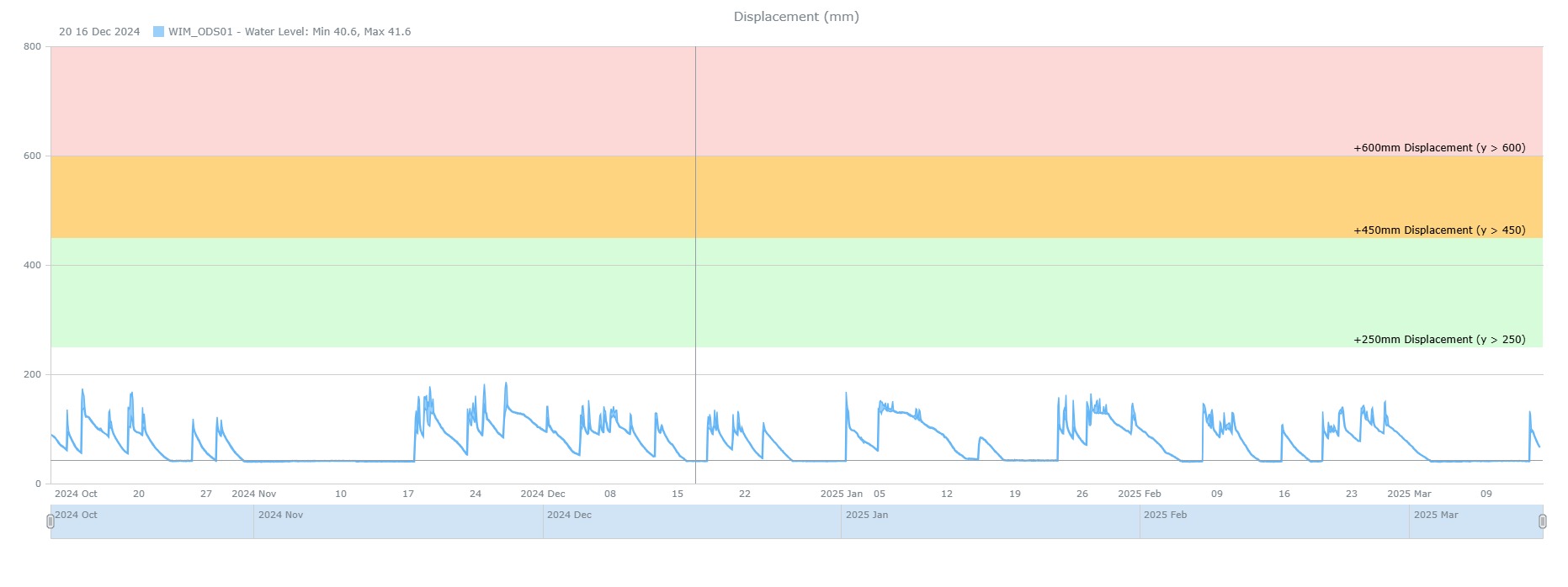
With instant access to data through Senceive’s WebMonitor platform, Network Rail gained valuable insights, empowering engineers to make informed decisions and enhance their drainage management strategy.
Download the Case Study here.


